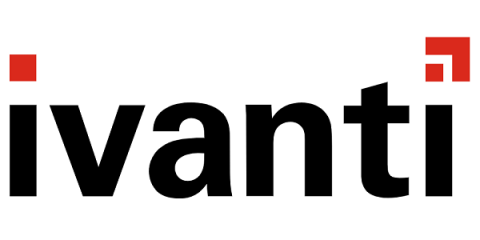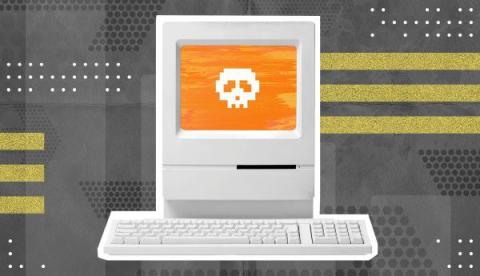To Thrive in the Everywhere Workplace, IT and Security Teams Need to Work Together
It’s Cybersecurity Awareness Month. For a CIO, this is like the holidays, and there’s lots to celebrate and lots to do. By reading this, you’re helping me check something off my list: I want everyone in the IT and security landscape to know how these two teams can work together for a more efficient, productive and secure enterprise. To those outside the departments, IT and security teams are often conflated.











